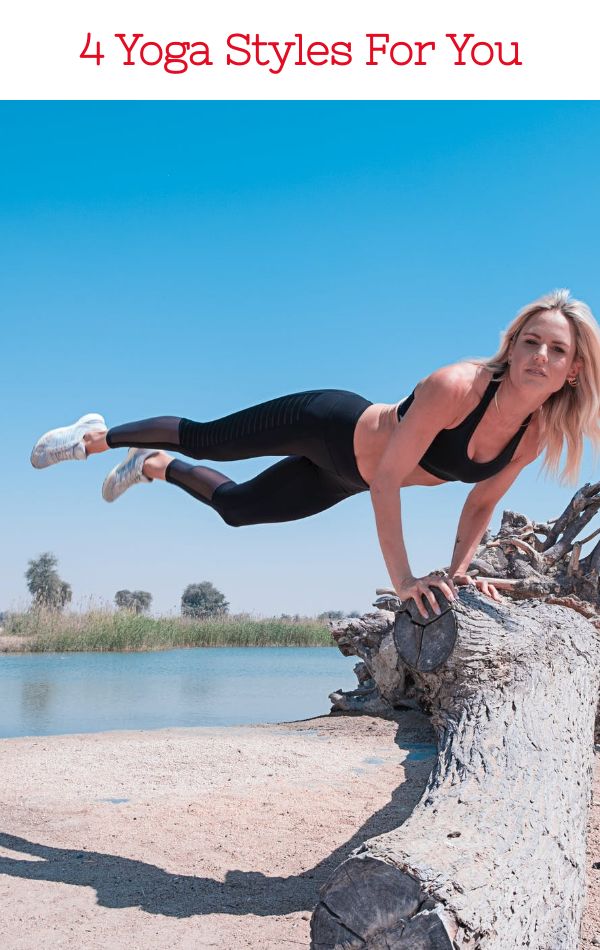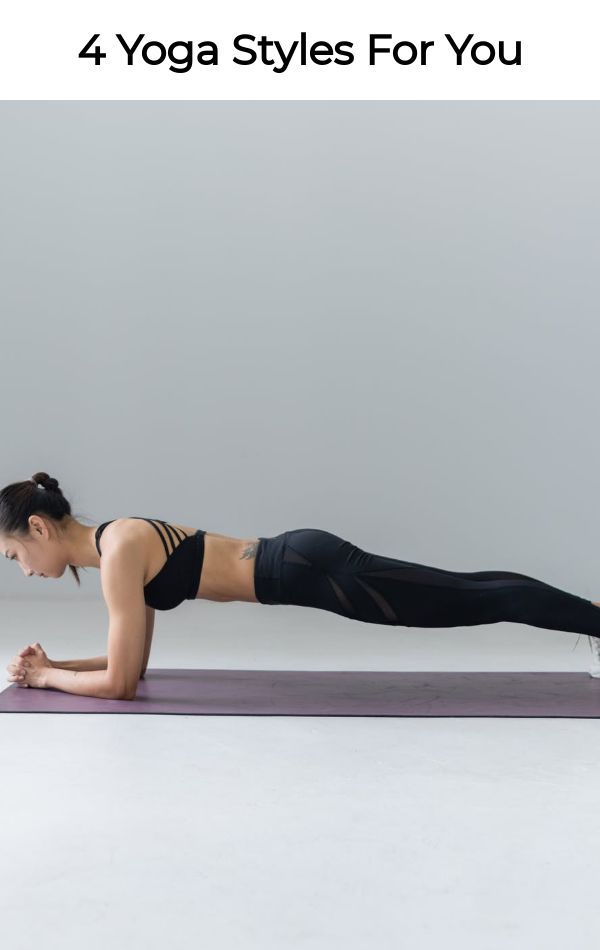
4 Yoga Styles For You
Yoga can be done in a few different ways. There are various styles of yoga. These styles have different levels of intensity and may vary according to the level of experience of the practitioner. The styles include:
Hatha Yoga is the most commonly practiced form of yoga. It requires the most amount of physical effort. Hatha Yoga is a discipline that utilizes body control and breathing exercises. If you practice it correctly, Hatha Yoga is a very effective form of exercise. It has a lot of benefits for the body and mind.

Vinyasa Yoga is an intermediate level yoga style. This style allows students to exercise their bodies without overexerting themselves. It also allows the student to increase the level of fitness while learning meditation and breath control. Some people may choose this type of yoga if they want to get into a lot of yoga practice without spending too much time on each pose.
Ashtanga Yoga is a more demanding form of yoga. Ashtanga Yoga requires more muscle and cardiovascular endurance than the other styles. While practicing Ashtanga Yoga, students must have a good balance between stretching and breathing control.
Bikram Yoga is a more advanced form of yoga. It is a combination of various styles of yoga. This style of yoga is very difficult to master. It requires a great deal of discipline, both from the student and from the instructor.
Regardless of which yoga style you choose to practice, if you enroll in a yoga class, you will be working on a specific posture. The poses are set up in order so that there is a connection between the hands and feet. In order to learn the correct techniques to achieve the correct posture, you must do each pose properly. However, when you do these poses correctly, you will also feel a greater sense of well-being.
When you begin a yoga class, there are several different poses to learn. However, you should consider them as stepping stones to the next stage of your practice. When you first begin a yoga class, you should learn all the basic poses that will form the foundation of your practice. From there, you can advance to more challenging poses.
Beginners often find that it is difficult to reach a state of tranquility while practicing this type of yoga. However, if you practice at a pace that is comfortable for you, you will eventually find a certain amount of peace. The more you practice, the more relaxed you will become. You will eventually be able to sit comfortably on a chair with your legs crossed.
The most common position for beginners to start with is the Warrior I posture. This is a forward-leaning position using the center of gravity in the center of the body. To do this pose, the student lifts their head and shoulders while straightening their legs. They then turn their body clockwise with their arms and their legs.

A forward tilt is another pose that can be taught in a yoga class. The student stands in the Warrior I pose and then turns their body to the right, pushing their right shoulder into the floor. They then bend their elbows in towards their chest. They then bring their left knee to their chest. Next, they hold the pose and repeat for the other side.
To do the forward lean, the student will stand with their back straight. They will bend their back in a slight curve to their left. The student will then push their right shoulder into the floor, pull their right knee up towards their chest, and then turn their head counterclockwise.

